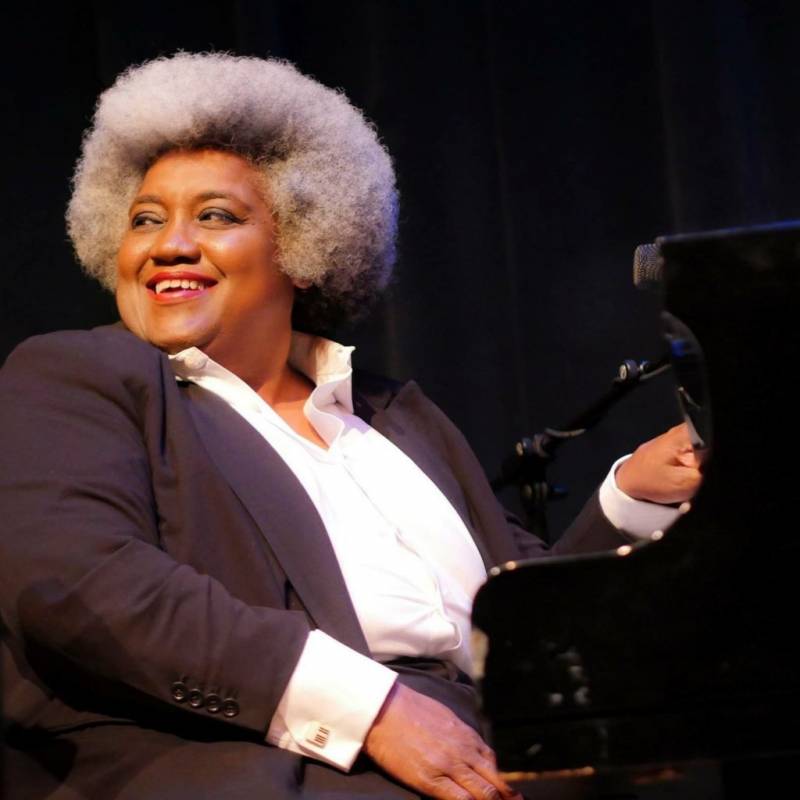For Bay Area musicians, these are the worst of times. An environment already darkened by sky-high rents, closing venues and long-stagnant wages has been further roiled by AB5, the new California law that radically upends the employment status of independent musicians. The law’s author, San Diego Assemblywoman Lorena Gonzalez, has said she’s working on an amendment that will carve out exceptions for some artists. But as of now, confusion reigns as to whether, say, a vocalist hiring a rhythm section for a one-off gig takes on the responsibilities and paperwork of an employer.
Veteran trumpeter Mario Guarneri, a cautious optimist, sees a potential silver lining amidst this perfect storm. The founder and director of Jazz In the Neighborhood, an organization that advocates for fair musician wages while producing and sponsoring concert series around the region, Guarneri is seeking to marshal the power of collective action.






